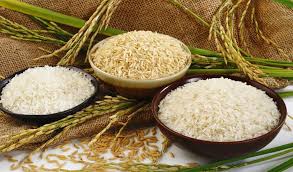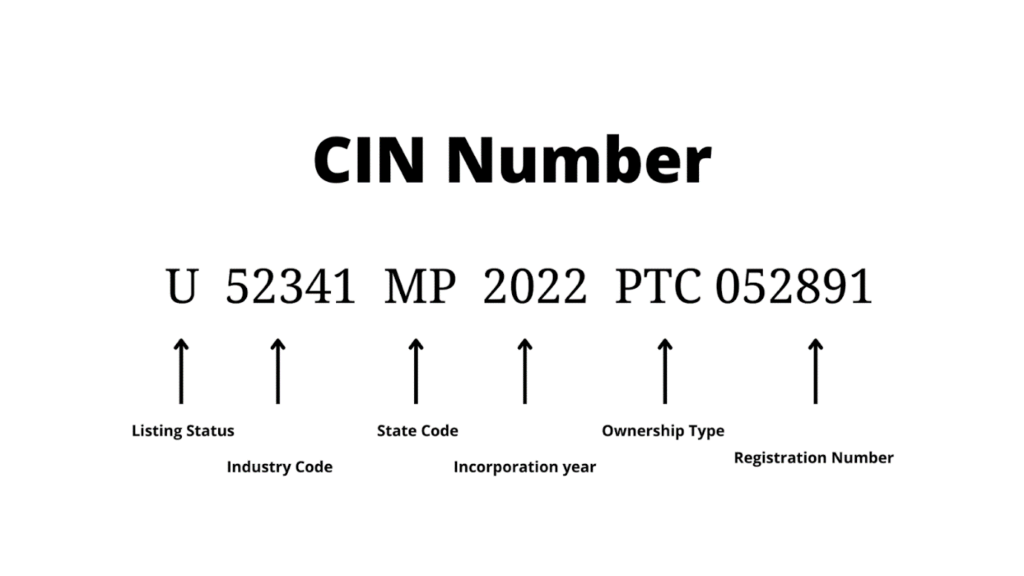National Food Security Mission
National Food Security Mission (NFSM) is a Centrally Sponsored Scheme launched in 2007 based on the recommendations of the agriculture sub- committee of National Development Council (NDC). The committee pointed out the need for improved agricultural extension services, technology transfer and decentralized planning as a result of which NFSM was conceptualized as a mission mode program. Thrust Areas: Sustainable increase in the production of targeted crops such as rice, wheat, pulses primarily and then extended to coarse cereals, nutri-cereals, and oilseeds as well. Restoration of soil fertility and productivity at the individual farm level. Rise in farm level net income. What are the Major Interventions Under the National Food Security Mission? Cluster Demonstrations and Improved Practices: Assistance is extended to farmers through States/Union Territories to conduct cluster demonstrations that showcase improved packages of agricultural practices. These demonstrations highlight techniques for optimized crop cultivation and management. Seed Production and Distribution: High-yielding varieties and hybrids are developed, produced, and distributed to farmers to enhance the quality and quantity of agricultural output. Farm Mechanization and Resource Conservation: The implementation of modern and efficient farm machinery and resource conservation tools fosters enhanced agricultural practices while optimizing resource utilization. Investments in processing and post-harvest equipment enhance the overall value chain and reduce post-harvest losses. Plant Protection and Nutrient Management: Measures to safeguard crops against pests and diseases, coupled with effective nutrient management and soil amelioration strategies, contribute to healthy plant growth. Focused Approach to Oilseeds Production: To bolster oilseed production and achieve self-sufficiency in edible oil, the NFSM-Oilseeds initiative is designed. It involves: Seed Subsidies and Distribution: Financial incentives and subsidies facilitate the purchase and distribution of quality seeds, ensuring better crop yields. Demonstrations and Training: Block demonstrations, front-line demonstrations, and cluster front-line demonstrations serve as platforms for showcasing effective oilseed cultivation practices. Infrastructure and Input Distribution: Provision of essential resources like water-carrying devices, plant protection equipment, soil enhancers, micro-nutrients, and bio-agents fortifies oilseed cultivation. Objectives of the Scheme To improve the production and productivity of wheat, rice and pulses on a sustainable basis. To raise the income of farmers through enhanced technologies and farm management practices. To ensure food security in the country. Components of NFSM National Food Security Mission – Food Gain Crops (NFSM-Food Gain Crops) National Food Security Mission – Coarse Cereals (NFSM-Coarse Cereals) National Food Security Mission – Commercial Crops (NFSM-Commercial Crops) National Food Security Mission – Oilseeds and Oil Palm (NFSM- National Food Security Mission) National Food Security Mission – Seed Village Programme (NFSM-Seed Village Programme) NFSM Subsidy Assistance for Hybrid/Certified Seed Under NFSM, the assistance for seed is limited to 2 hectares per farmer as per below table: Particulars Crops types Subsidy Rate Rice Hybrids Varieties Rs. 50 per kg or 50% of the cost whichever is less Rs. 10 per kg for varieties less than 10 years Wheat Varieties Rs. 10 per kg for varieties less than 10 years Pulses Varieties Rs. 25 per kg or 50% of the cost, whichever is less for varieties less than 15 years Coarse Cereals Varieties Rs. 15 per kg or 50% of the cost whichever is less for varieties less than 10 years Assistance for micronutrients/lime/gypsum or sulphur containing fertilizers Under NFSM, the assistance of fertilizers is for a maximum of two hectares for rice, wheat and pulses: Fertilizer Subsidy Rate Micro-nutrient Rs. 500 per hectare or 50% of the cost whichever is less Liming or paper mud of acidic soil Rs. 1000 per hectare or 50% of the cost whichever is less Gypsum/other sources of sulphur Rs. 750 per hectare or 50% of the cost whichever is less Bio-fertilizers Rs. 100 per hectare or 50% of the cost whichever is less Assistance for Commercial Crops The commercial crops covered under NFSM are Cotton, Jute and Sugarcane and the below table explains the financial assistance: Crop Type of Front Line Demonstration (FLD) Subsidy Rate Cotton Integrated Crop Management Field FLD on Desi and ELS Cotton/ ELS Cotton Seed Production FLD on Intercropping Trials on High-Density Planting Systems (HDPS) Rs.7,000 Rs.8,000 Rs.7,000 Rs.9,000 Jute FLD on Alternate Retting Technologies Production Technology/ Intercropping Rs.20,000 RS.8,000 Sugarcane Intercropping in Sugarcane Single bud chip technology Rs.8,000 Rs.8,000 Selection of Beneficiaries The Gram Panchayats is responsible for the selection of beneficiary farmers. Only the farmers who are willing to cooperate and contribute some of their resources should be selected. Selection of beneficiaries should be made by adopting a “Participatory” approach. The allocation to SC/ST farmers is performed with respect to their population in the district. At least 33% of the fund is allocated for small and marginal farmers and 30% of the fund to be allocated for women farmers. FAQs Who implements the NFSM? The NFSM is implemented by the Ministry of Agriculture and Farmers’ Welfare, in collaboration with state governments, agricultural universities, and research institutions. What is the National Food Security Mission (NFSM)? The NFSM is a government initiative launched in 2007 aimed at increasing food production and ensuring food security in India. It focuses on enhancing the production of rice, wheat, and pulses, along with promoting the sustainable use of resources.
National Food Security Mission Read More »


